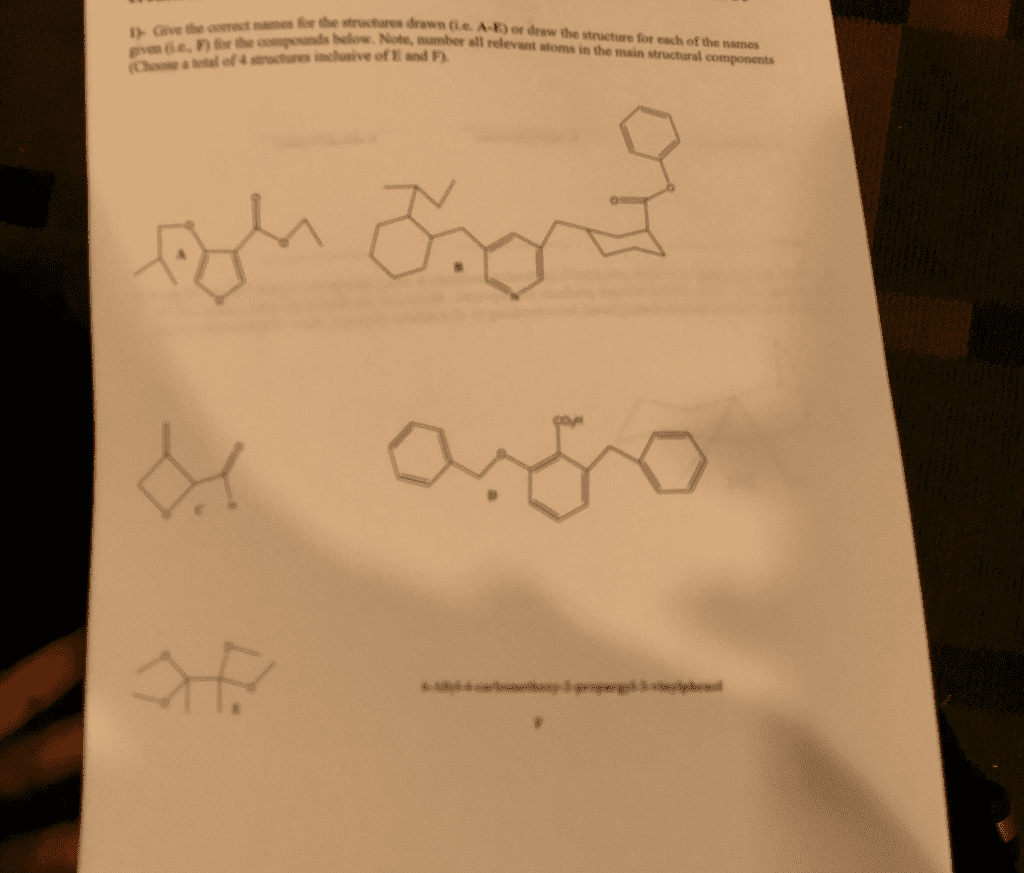janadityakumar123
Shri Vaishnav Vidyapeeth Vishwavidyalaya
0 Followers
0 Following
0 Helped
8 Feb 2023
Answer: We can use interest rate parity to find the spot exchange rate. Intere...
8 Feb 2023
Answer: To determine if there is an arbitrage opportunity, we need to compare ...
8 Feb 2023
Answer: Step-by-step explanation: Long-run levels of prices in both countries ...
8 Feb 2023
Answer: Here are examples of sentences incorporating figurative language: Writ...
8 Feb 2023
Answer: Here are examples of three Haiku poems: Winter's chill sets in, Snowfl...
8 Feb 2023
Answer: Yes, there are some similarities between how Japanese Americans were t...
8 Feb 2023
e the structures drawn e. A-K) or draw the structure for each of the names -No...
